Her face is on a Serbian postage stamp, and her life is celebrated with a service every Valentine’s Day in a small town south of Belgrade.
She was one of Scotland’s first female doctors, and is widely believed to be the first ever female ship’s doctor in the world.
So why don’t more of us know about the extraordinary life and sacrifice of Dr Elizabeth MacBean Ross of Tain?
Born in London on February 14, 1878 to Inverness bank manager Donald Alexander MacBean Ross, and Elizabeth Wilson Ness from Tain, young Elizabeth was part of a remarkable brood of siblings, three of whom became doctors.
Tragedy brought the family to Tain after the death of Donald, who managed the London branch of the Commercial Bank of Scotland.
Elizabeth attended Tain Royal Academy, and went on to study medicine at Queen Margaret College, Glasgow in 1896.
This was only two years after the graduation of Marion Gilchrist, the first woman to qualify in medicine from a Scottish University.
Elizabeth graduated MC ChB (Bachelor of Medicine, Bachelor of Surgery) in 1901, one of only 168 women who graduated as doctors in Britain between 1894 and 1914, as opposed to nearly 1500 men.
Her cohort became instrumental in driving up the standard of female education and campaigning for women’s right to vote.
Elizabeth’s sister Lucy followed in her footsteps and became a doctor in York, while her brother James became a naval doctor, and was awarded the Military Cross and Croix de Guerre during World War 1.
No such honours for Elizabeth however, though she died in the course of her war work.
Medical officer in Colonsay
After graduating, she did a stint in Tain, and then worked on Colonsay as a medical officer.
After that, she headed back south to London, and spent 18 months in practice in East Ham.
At the time, the prevailing public view of female doctors was of disapproval, and they weren’t favoured in the job market.
But an advertisement caught Elizabeth’s eye and changed the course of her life: ‘Wanted. A Lady Doctor for the East.’
It was a challenge Elizabeth wasn’t going to turn down.
You get an idea of her character from the 1915 Glasgow University Magazine, where special tribute was paid to her:
“Of brilliant intellectual attainments, and exceptional originality, Dr Ross was a personality seldom to be met with. Careless of conventions, yet at the same time giving evidence of refinement and culture of upbringing, she was slow to make friends but once made, she was loyal and steadfast in her friendships, once made never broken, she was much beloved by those who knew her well.”
Bound for Azerbaijan
Within weeks she was travelling across Russia bound for Julfa in Azerbaijan to tend the European community there.
She wasn’t impressed by them, describing the community as pretentious and conceited, but she stuck it out for three years.
A twist of fate changed her life again, when she met the self-proclaimed new governor of the area, Samsam-os-Soltaneh, Ilkhan of the Bakhtiars.
He invited her to travel to Bakhtiari Land in Persia (Iran) to tend to the ‘Bibis’ there.
They were the wives, sisters and mothers of the leading Khans, or rulers, and the work involved long stays in their castles.
The Bakhtiars showed no prejudice against her, so Elizabeth engaged in much travel around their nomadic tribes, dicing with danger on many occasions, getting lost in the desert, being robbed by ‘brigands’ and having to call on the British Government to help her to safety.
After an interlude during which she worked as a ship’s doctor (possibly the first female ship’s doctor in the world) on a cargo ship from Madras to London, Elizabeth stopped off in London to earn her diploma in tropical medicine.
Then she was off again, as a ship’s doctor sailing to India and Japan.
Her love for Persia eventually prevailed and she returned there to take up an appointment from the Persian government.
Her career might have run a completely different course had the First World War not intervened.
Elizabeth was invited by the Russian government to assist the wounded in Serbia.
It turned out to be her death warrant.
In January 1915 she voluntarily took charge of typhus patients in Kragujevac Military Hospital, but three weeks later, on her birthday, February 14, she was dead, aged 37.
The conditions she found herself in were atrocious.
Worse, according to nurse Louise Fraser who visited her from the nearby Scottish Women’s Hospital, than the worst slum dwellings she had seen in Britain.
Nothing approached those wards in terms of filth and squalor, she wrote at the time.
The patients were unwashed, sometimes two to a bed, but Elizabeth worked through exhaustion to care for them.
It wasn’t long before she contracted the disease herself.
The Scottish Women’s Hospital nurses cared for Elizabeth in her final days.
Appalling conditions
Nurse Helen MacDougall wrote that they were appalled by the conditions in Elizabeth’s typhus block.
“It would be very difficult to realise the terrible odds against which this brave woman was fighting and I may say her one cry was how little she was able to do.
“When we went in, she welcomed us warmly but was very loath to show us around.
“Again and again, she said, ‘Are you sure you are not afraid?’
“When we were leaving, I turned and said to her, ‘Oh Dr. Ross, how can you go on here?’ She only answered, ‘Six of the doctors are down and who would look after them if I left?’…. A few days after this, we heard that she was down.”
Buried in Serbia
Elizabeth was buried in Kragujevac alongside Mabel Dearmer and Lorna Ferris, two British nurses who also died of typhus.
The 1915 Glasgow University Magazine tribute explains her heroism:
“Her outstanding quality was courage in the face of any danger, and although possessed of a frail and delicate physique, she would enter where even a man might hesitate, in the enthusiasm for her work.
“It was the great power and influence of her mind which led to heights which others only dreamt of from afar.”
Elizabeth is remembered in her home town on a brass plaque in St Duthus Collegiate Church, telling of the hospital beds in Serbia endowed in her name.
But it’s some way off what happens in Serbia every year — since the 1980s, crowded graveside commemorations attended by local dignitaries; the youth movement of the local Red Cross now named the Dr Elizabeth Ross Society, and there’s an Elizabeth Ross Street in Kragujevac.
Jason Ubych, curator at Tain Museum will give a talk on this remarkable woman at the North Coast Visitor Centre on Wednesday July 27 as part of the Health, Wealth and Happiness exhibition, on show at Thurso Gallery and North Coast Visitor Centre until August 13.
Thanks to High Life Highland’s Inverness Museum and Art Gallery for supplying the photos.
You might enjoy:
Memories of iconic Tain Picture House as curtain set to rise on new era
Two-Minute Masterpiece: Turbulent life of Aberdeen woman who advanced early medicine
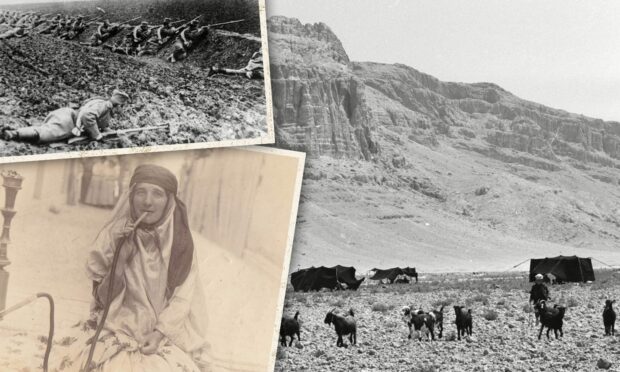
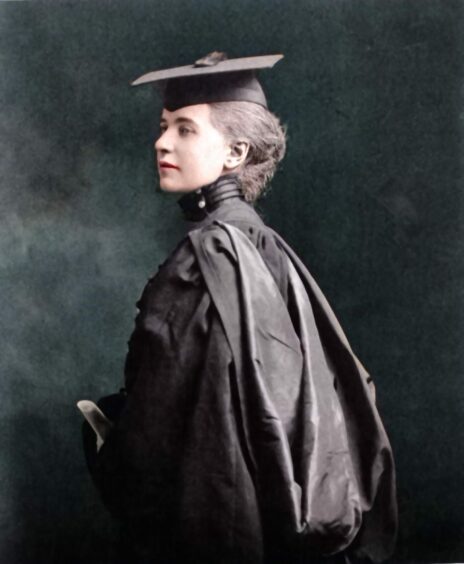
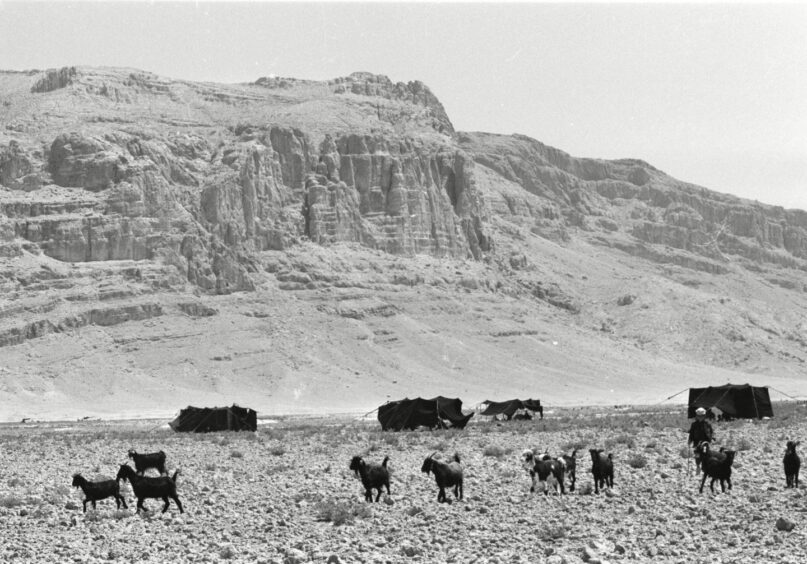
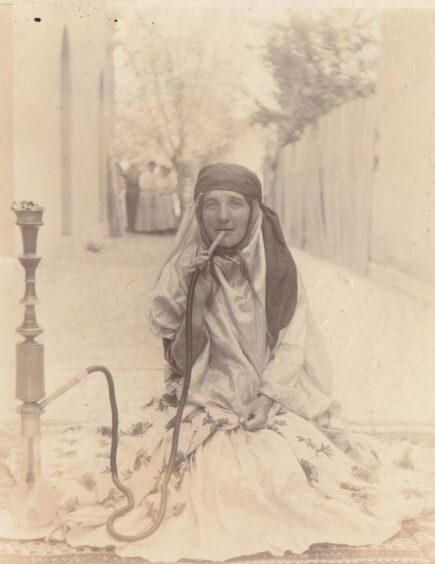
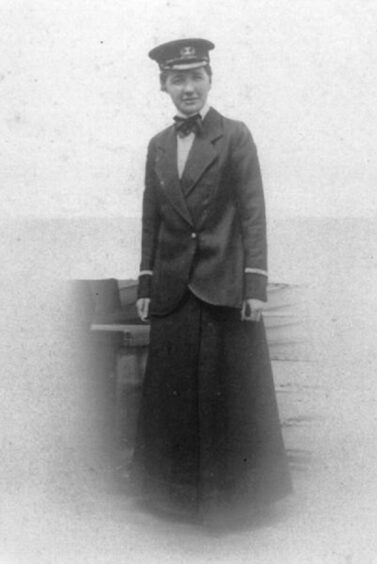
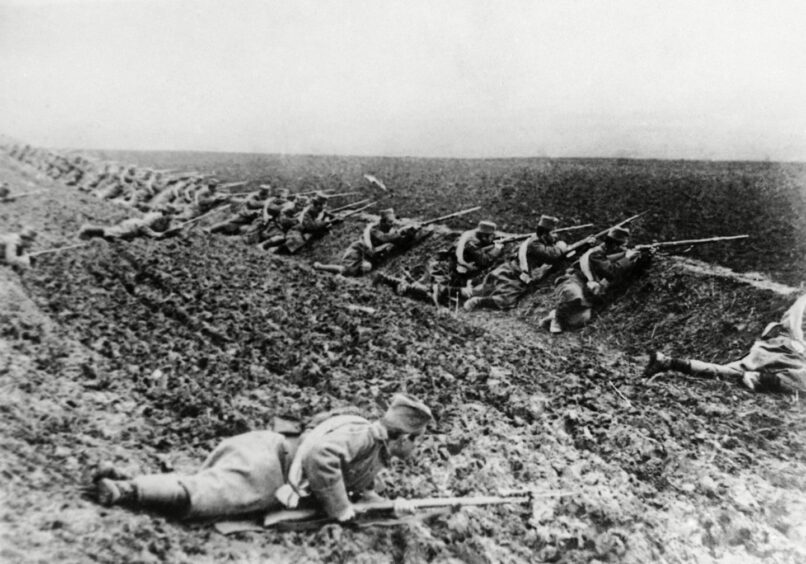
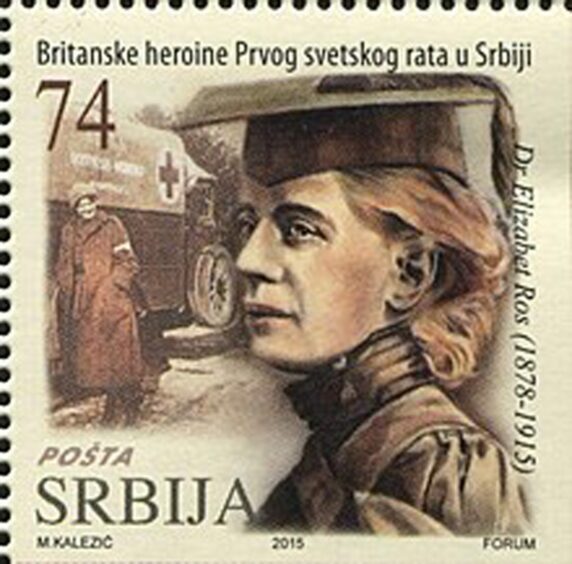
Conversation